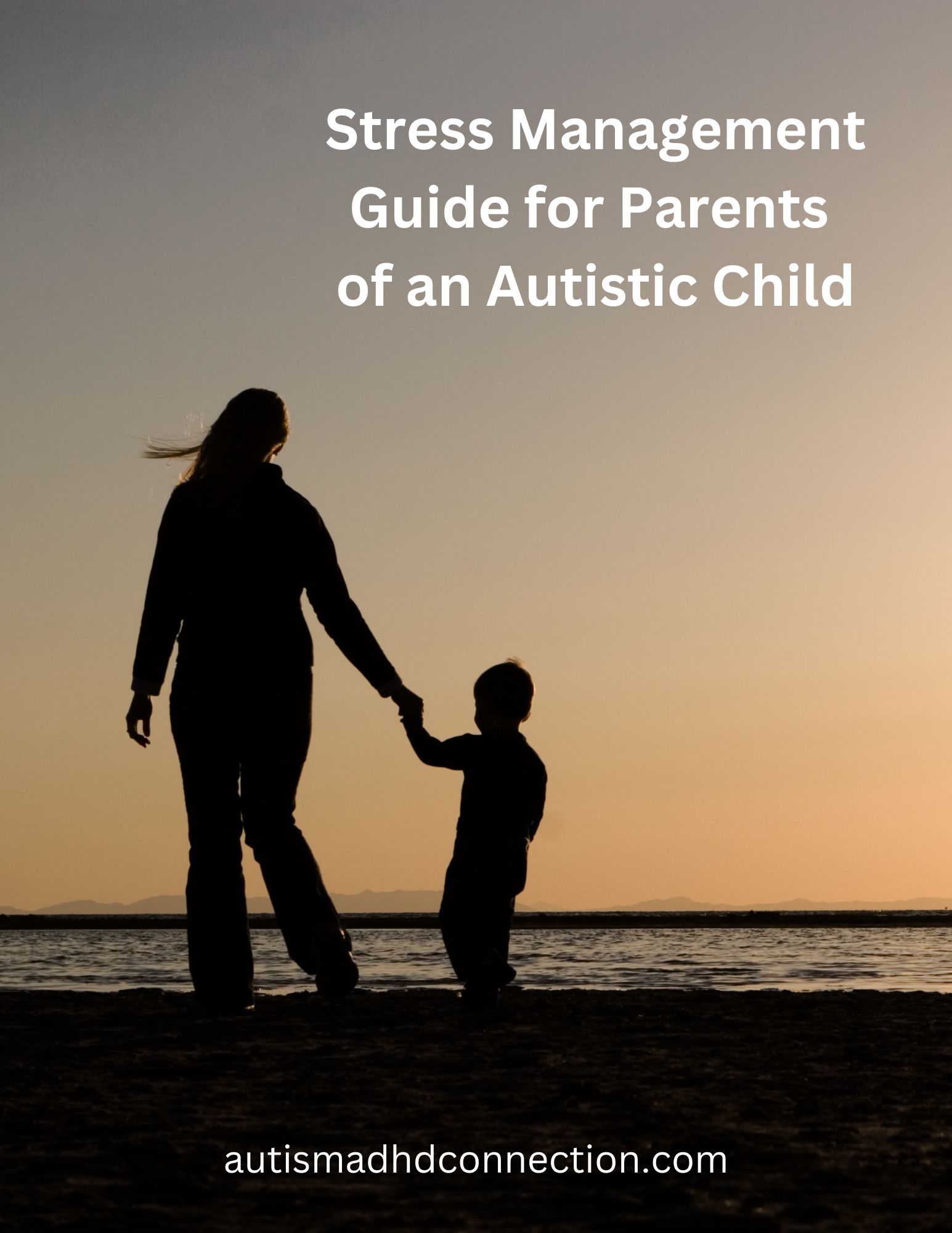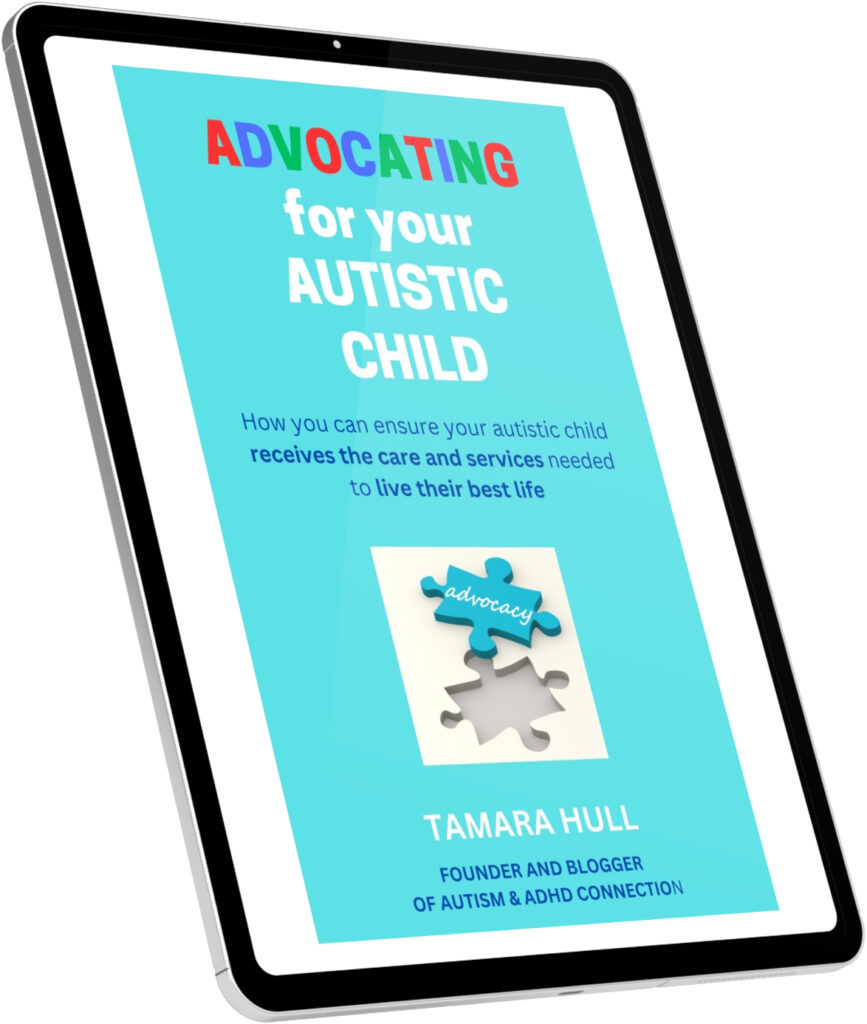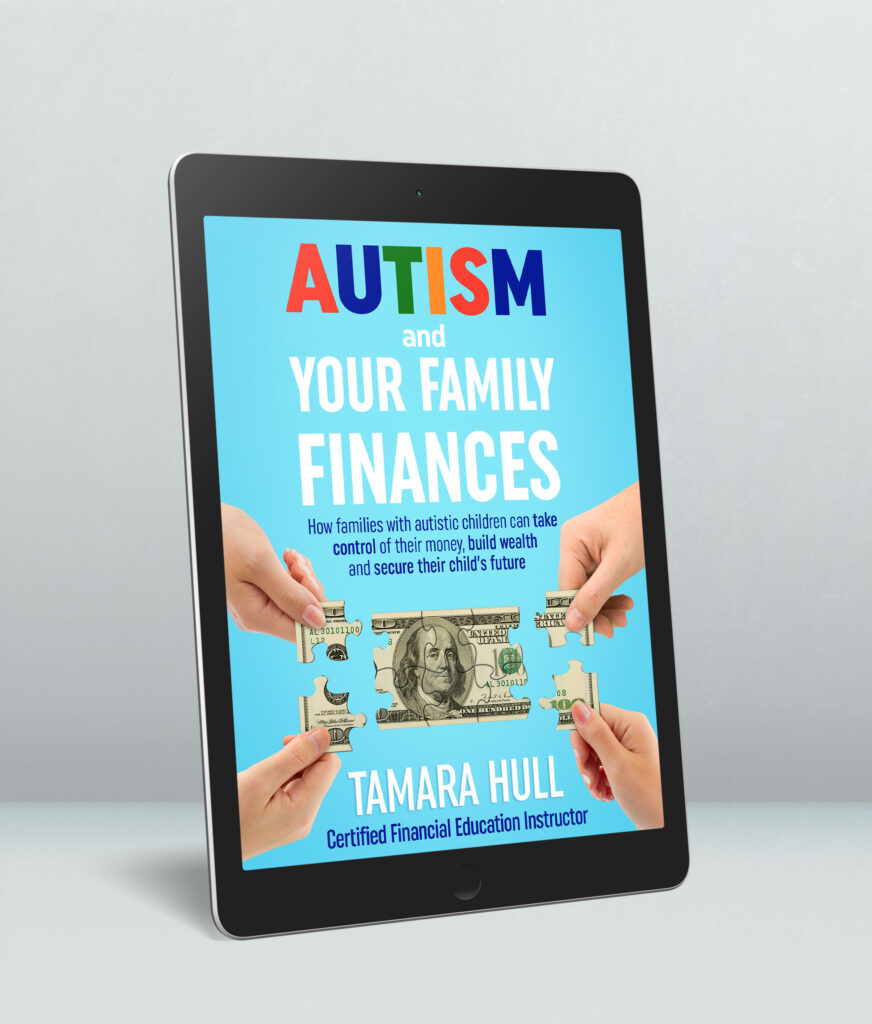You suspect that your child may have autism and seek out testing. Yet, what does the testing look like and what should you expect? Is it a long process or is it fairly quick? As a parent, you have a lot of questions if your child needs to have an autism evaluation.
Do you need a referral for an autism assessment for your child and who does the testing?
First, do you need a referral to have your child tested for autism? In most cases, it is required and usually from your child’s primary care physician, however, you could call your health insurance plan to inquire whether a referral is mandatory.
A psychologist usually conducts the testing. Some neurologists and behavior pediatricians also provide autism evaluations. Most health insurance covers the testing, but you may want to call your plan’s member services line and verify it is a covered benefit for your particular plan and ask about their preferred in-network providers and process for having your child tested.
If you live outside of the United States, this process could look very different for you.
How long do you have to wait to get your child tested?
How long you have to wait depends on the testing provider you choose. Some may be able to see your child in a couple of weeks while others may have a waitlist that could take several months. It’s best to ask when you call to set up an appointment.
What is involved in testing my child for an autism diagnosis?

There are several steps to an autism evaluation for your child. They can include:
- Development evaluation, which many times is provided by your child’s primary care physician as part of the referral. However, the psychologist will most likely also talk to you through an interview at the beginning of the testing to find out more. The American Academy of Pediatrics is now asking pediatricians to screen for potential signs of autism at a child’s 18-month and 24-month check-ups.
- The testing provide will send you an intake packet that will include the initial paperwork that the testing center requires. What is included will depend on how much information they want you to provide or collect before the testing appointment as opposed to after it. For my son J, ours was basic medical information and a questionnaire. (For us though, he was originally being tested for ADHD at age 4. It wasn’t until I talked to the psychologist during the interview that she heard traits of autism and asked to evaluate him for that.)
- On the day of testing, the professional conducting the test will interview you as a parent about their medical history, education, behavior and social interactions. Then, they will use different behavior and autism-specific screening tools through different activities with your child to evaluate them. They will most likely also have you complete a parent questionnaire and send a teacher evaluation with you to have that completed by your child’s teacher. (The questionnaires also may have been sent with the intake materials.)
- The psychologist may also want to observe your child at school or in social settings but not all take this step.
Our experience: having our son J evaluated for autism
Our experience having our son J tested for autism was a bit different because initially he was being tested for ADHD at age 4. (I was right about that, but he received that diagnosis at age 6 because they needed to wait until he was in kindergarten.)
We also had parallel testing of J through a psychologist with a behavioral health center through our medical insurance and then through a school psychologist with the school system at the same time. When I requested the testing through J’s pediatrician, the director of his preschool also requested the evaluation through the school system.
The evaluation at the behavioral center itself followed what I noted above. It was during the interview process that the psychologist asked me if I knew about pervasive development disorders and if she could test J for those. I had mentioned his intense focus on garbage trucks, and that everything was all about garbage trucks. She said, “Tell me more about that.”
While J spent some time with her doing activities, I sat in the waiting room and completed two parent questionnaires. Then she gave me a teacher questionnaire to provide to the director of his preschool.
For the school testing, we met the school psychologist at the elementary school that J would go to for kindergarten. She took him back to do her evaluation and had me complete the parent questionnaires after we had an initial discussion about J. She also asked if she could spend a few hours observing J at preschool. I let both psychologists know I was having him evaluated through both systems, so the school psychologist was willing to share her observation notes with the psychologist at the behavioral health center.
They both ended up diagnosing J with Asperger’s Syndrome, which was good that their evaluation results were consistent. Asperger’s now is part of the autism spectrum disorder instead of a standalone diagnosis.
When do you receive the results of the testing?

Most parents receive the autism evaluation results within a few weeks of the testing, depending on the person doing the testing and whether they had to schedule observation times for the child.
I received J’s within about two weeks of when the school psychologist conducted the observation at his preschool (which happened the week after he was tested by her).
I had an appointment with each psychologist who went through the evaluation report with me and next steps to take after diagnosis. It was a bit overwhelming, especially since I didn’t have autism on my radar when J was being tested.
Has your child gone through an autism evaluation? If so, what was your experience? What is your advice for other parents who are seeking autism testing for their child? Leave a comment so that we can share and encourage each other on this journey.
Additional resources
Looking for some additional resources about this topic? Check these out.
Autism Early Intervention: Fast Facts: A Guide That Explains the Evaluations, Diagnoses, and Treatments for Children with Autism Spectrum Disorders (affiliate link)
A Best Practice Guide to Assessment and Intervention for Autism Spectrum Disorder in Schools, Second Edition (affiliate link)
An Early Start for Your Child with Autism: Using Everyday Activities to Help Kids Connect, Communicate, and Learn (affiliate link)
Autism Reimagined: Breakthrough methods for parenting kids with autism spectrum disorder with less frustration and better understanding (affiliate link)







